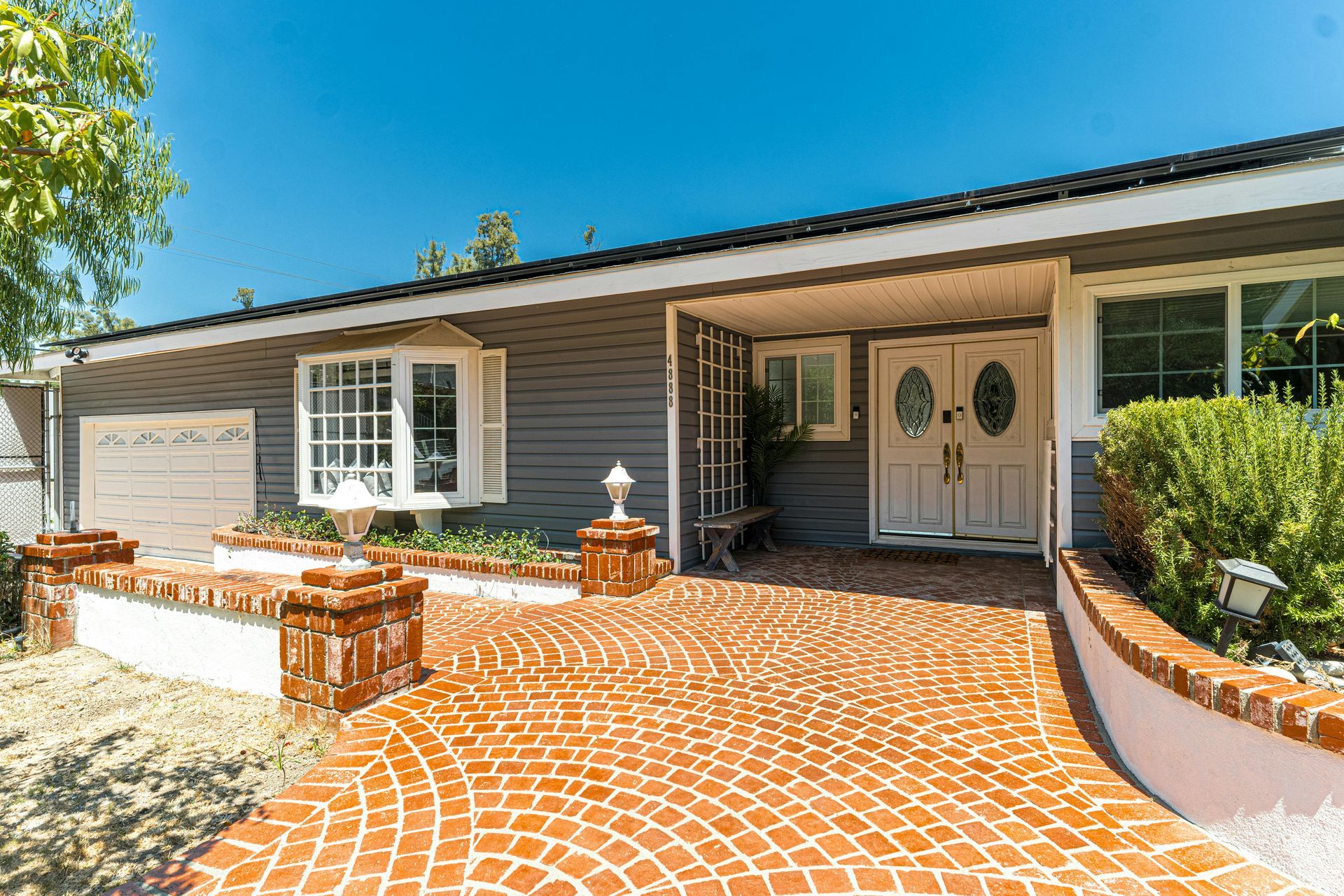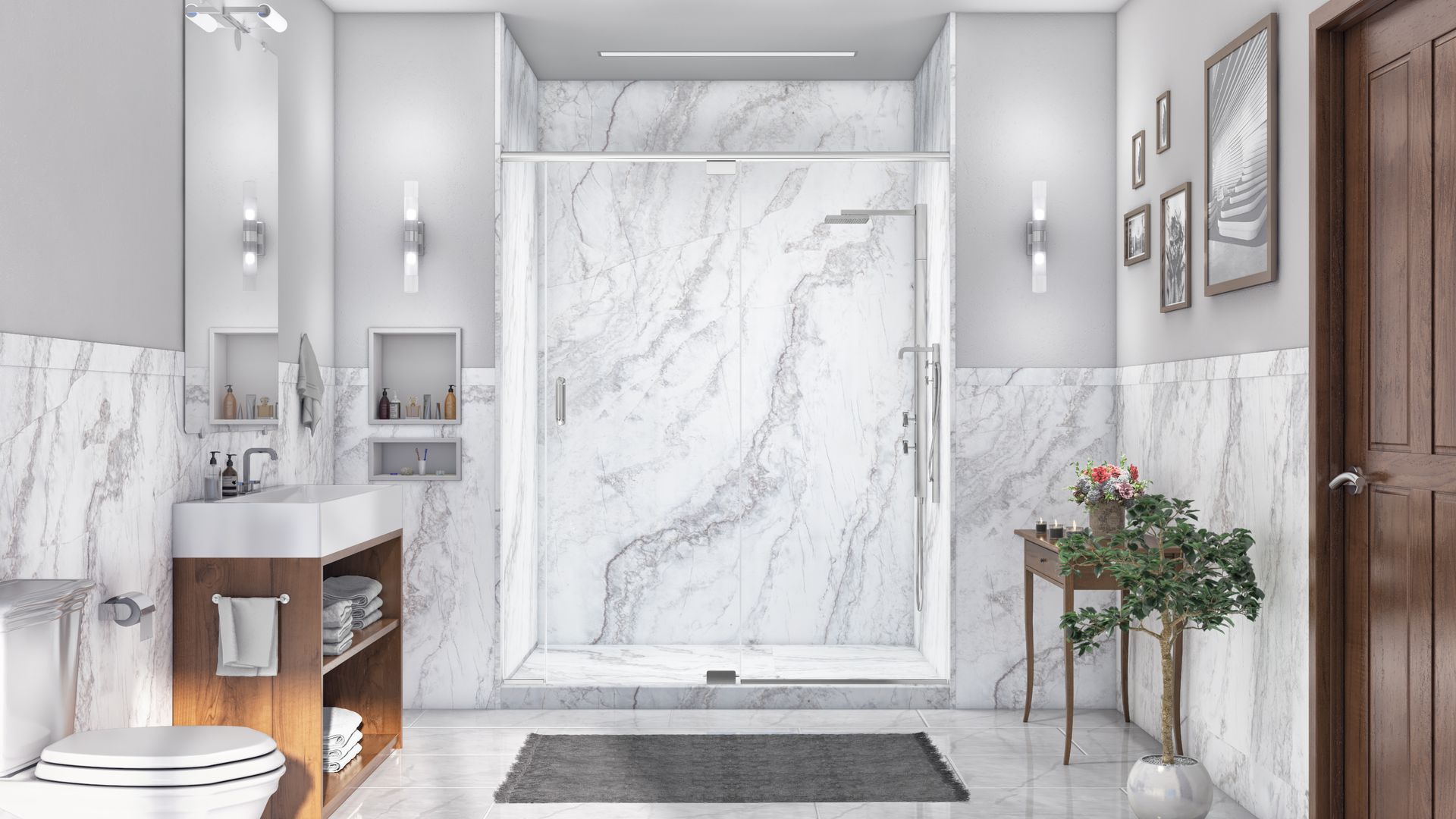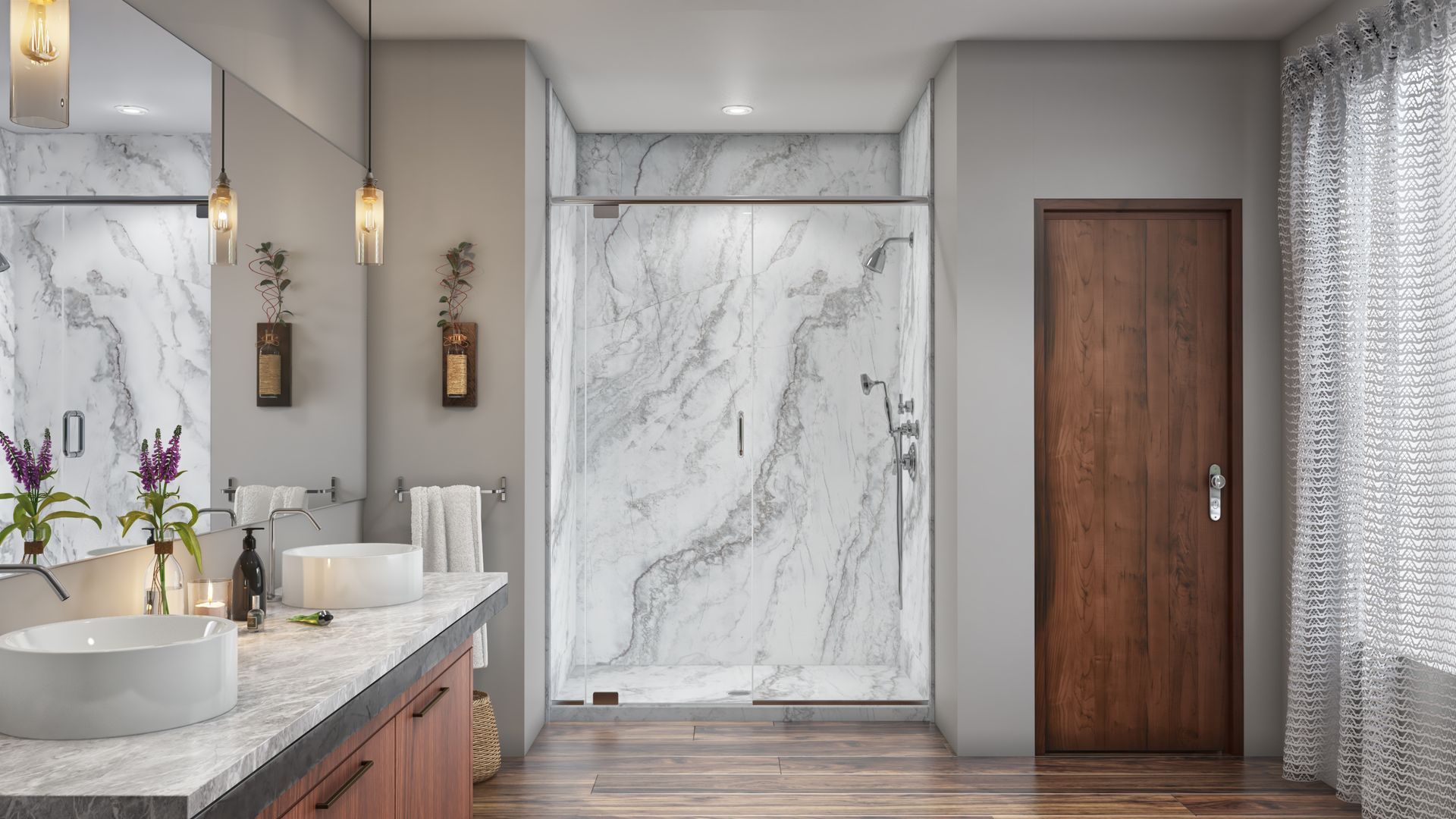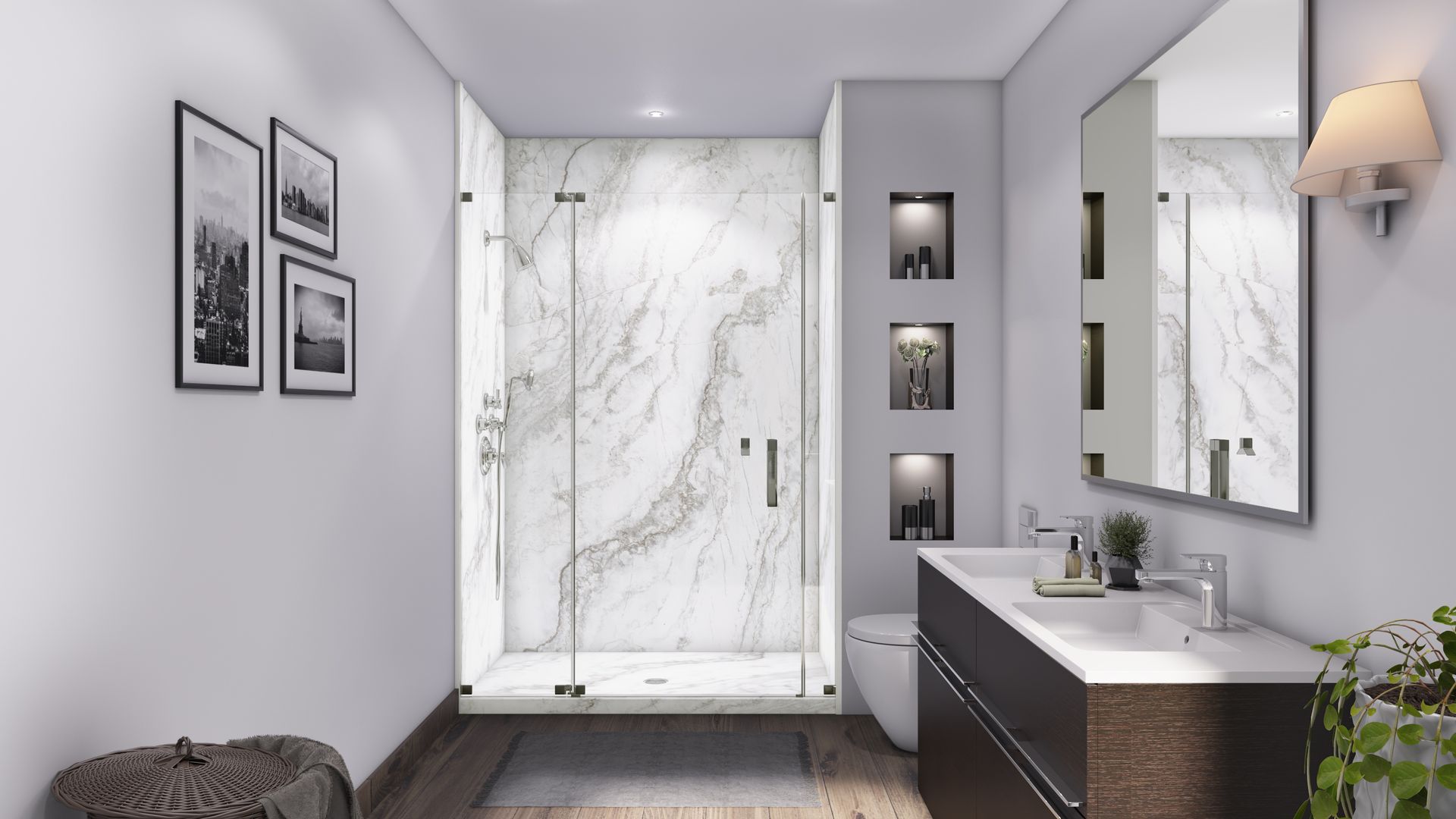Why Are New Windows So Expensive? Understanding Replacement Costs
When homeowners start shopping for replacement windows, sticker shock often sets in quickly. Quality windows can cost several hundred to over a thousand dollars each, leading many to wonder why windows are so expensive compared to what they see at big box stores.
The answer lies in understanding what goes into making a window that will perform well and last for decades, especially in challenging climates like Arizona's.
The Materials That Drive Window Costs
The most significant factor in window pricing is the quality of materials used. Budget windows typically use single-pane glass, basic aluminum frames, and minimal weatherstripping. These materials keep costs low but don't provide adequate performance for most homes.
Quality replacement windows use multi-pane glass systems with low-emissivity coatings that help control heat transfer. The frames are made from materials like vinyl, fiberglass, or composite materials that resist warping and provide better insulation than basic aluminum. Premium weatherstripping and hardware ensure proper sealing and smooth operation over many years.
These upgraded materials cost significantly more to source and manufacture, but they're essential for windows that will perform well in real-world conditions.
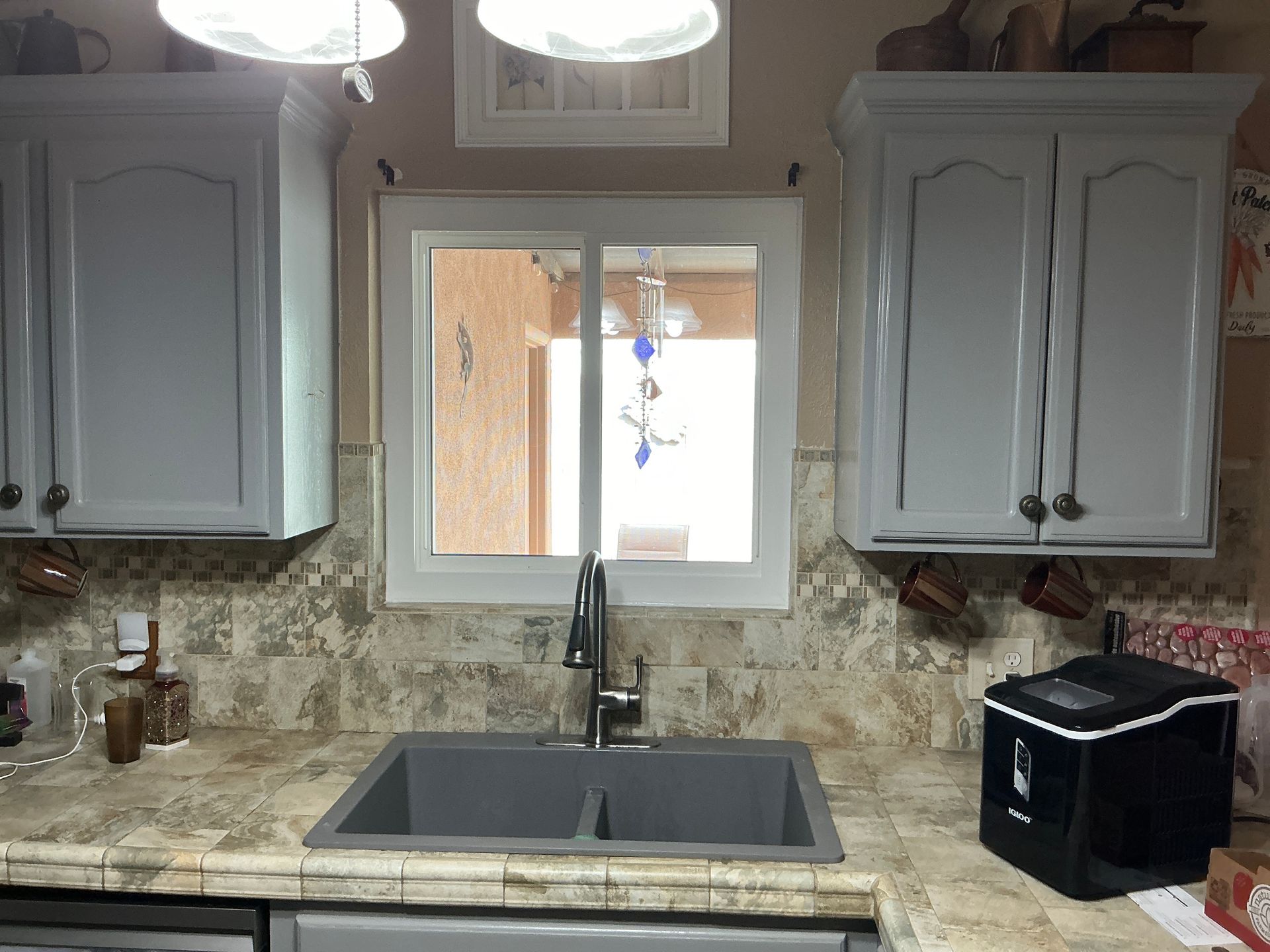
Manufacturing and Engineering Requirements
Precision Manufacturing Standards
Modern windows are precision-manufactured products that undergo extensive testing and quality control. The engineering required to create windows that meet energy efficiency standards, withstand weather extremes, and operate smoothly for decades requires significant investment in research and development.
Building Code Compliance
Window manufacturers must also meet various building codes and energy efficiency certifications, which require additional testing and documentation. These compliance costs are built into the final product price.
Professional Installation Makes the Difference
Why Installation Quality Matters
The cost of windows includes proper installation, which is crucial for performance. Quality installation requires skilled technicians who understand how to properly measure, seal, and secure windows to prevent air leaks, water infiltration, and structural issues.
What Professional Installation Includes
Poor installation can negate even the best window's performance, leading to energy loss, moisture problems, and premature failure. Professional installation includes proper flashing, insulation, and sealing techniques that protect your home and ensure the windows perform as designed.
Long-Term Value and Benefits
Energy Efficiency Advantages
While quality windows cost more upfront, they typically provide ongoing energy savings that help offset the initial investment. Windows with better insulation properties reduce the load on heating and cooling systems, potentially lowering utility bills.
In hot climates like Yuma's, windows with advanced glazing can help reduce cooling costs during the long summer months. The exact savings depend on many factors including home size, existing insulation, and local utility rates.
Durability and Longevity
Quality windows are designed to last significantly longer than budget alternatives. While cheap windows may need replacement within 10-15 years, well-made windows often perform well for 20-25 years or more.
Most quality window manufacturers offer substantial warranties that cover both the product and installation. These warranties provide peace of mind and protection for your investment, but they also represent a cost that's built into the window price.
Factors That Affect Window Pricing
Size and Style Considerations
Window size and style significantly impact pricing. Larger windows and specialty shapes cost more than standard sizes. Custom windows require additional manufacturing time and materials, which increases the final cost.
Glass and Frame Options
Several upgrades can affect the total price. Glass options like triple-pane glass, specialized coatings, or decorative glass increase costs but may provide additional benefits. Frame materials also vary in price, with vinyl windows typically being the most affordable, while wood and fiberglass options cost more but offer different aesthetic and performance characteristics.
Hardware and Features
Upgraded locks, handles, and opening mechanisms add to the cost but can improve security and ease of use. These features may be worth the investment depending on your specific needs and preferences.
Making an Informed Window Investment
When evaluating window replacement options, consider the total value rather than just the upfront cost. Factor in expected lifespan, energy efficiency, maintenance requirements, and warranty coverage.
For most homeowners, investing in quality windows makes financial sense over the long term. While the initial cost is higher, the improved performance, longevity, and potential energy savings often justify the investment.
Understanding True Value
The question isn't really why quality windows are expensive, but rather why some windows are so cheap. Budget windows cut costs by using inferior materials, minimal engineering, and basic manufacturing processes that result in products that may not perform well or last as long as expected.
Quality windows represent a significant investment in your home's comfort, efficiency, and value. When you understand what goes into making a truly good window, the pricing becomes more reasonable.
At Dreamlux, we help Yuma homeowners understand their window replacement options and choose products that make sense for their specific needs and budget. Our goal is to provide honest information that helps you make the best decision for your home.
Contact Dreamlux to learn more about
window replacement options for your Yuma home. We provide transparent pricing and honest guidance to help you make an informed decision.


